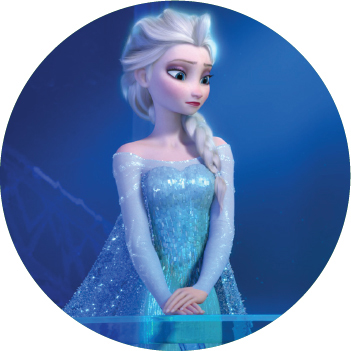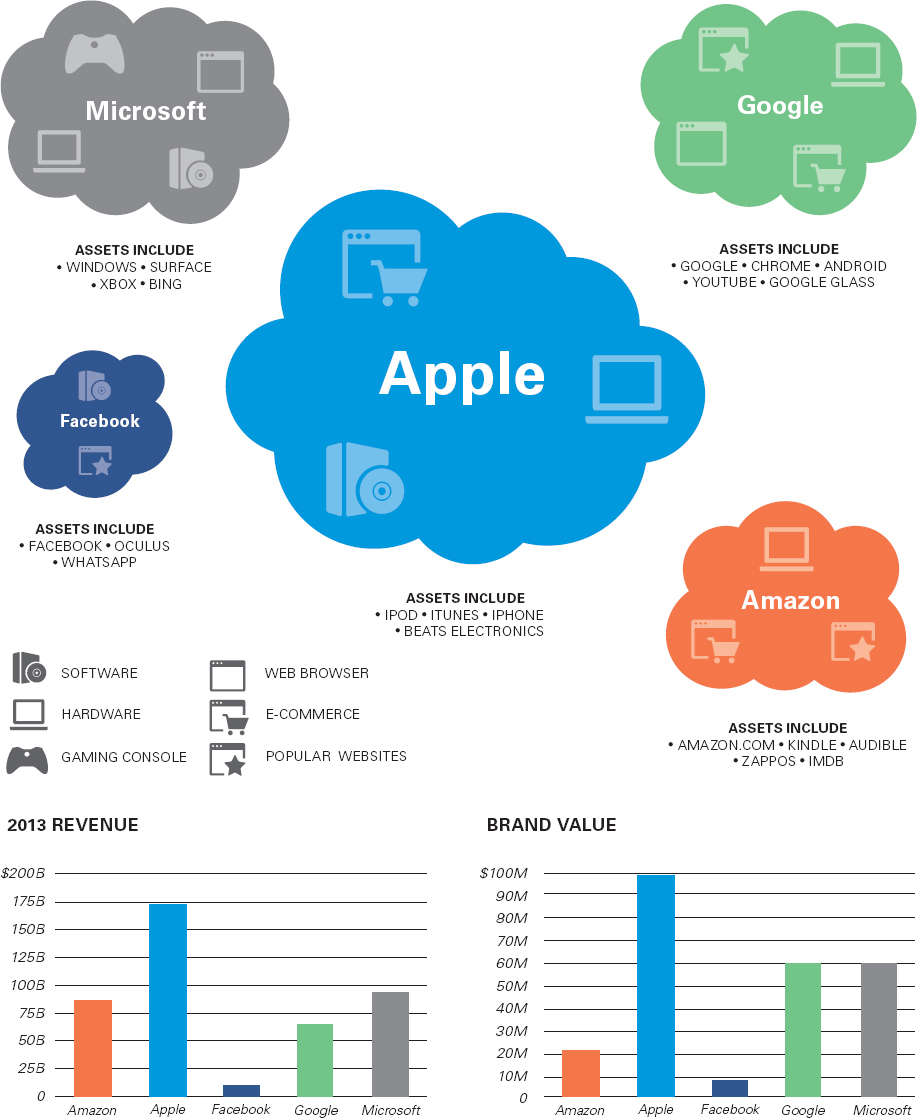Part Four Opener

© Walt Disney Pictures/Everett Collection
Part 4
The Business of Mass Media
The digital turn has brought about a shift in the locus of power in the mass media. For decades, the mass media have been dominated by giant corporations—
- Changes in the structure of media economics. In just a few short years, legacy media companies, with their vast subsidiaries, have lost some of their power due to the rise of major digital companies, such as Apple, Amazon, Google, Microsoft, and Facebook. These digital corporations are the new media conglomerates, although they do not own many major content-
creation companies. They control the devices and platforms that people use, thus controlling which media people consume. Traditional media companies now find themselves in a position in which they have to work with these companies (even if they balk at the 30 percent cut Apple takes, for example) or risk losing their audience. - The new digital ecosystem for advertising and public relations. Professional media communicators are negotiating new terrain in the digital age, too. Not only are they figuring out what kinds of advertising or PR campaigns work best in the age of social media and mobile devices, but they also are dealing with an age in which it’s much more difficult to control the flow of information and the framing of a story. This new environment can be good and bad. Everyone on the Internet is a potential customer but also a potential public critic.
- Democracy and the redistribution of power. The digital turn has allowed for more voices, more companies, and more creative start-
ups, reversing many early concerns of mass media conglomerates. Now, content creators can enter the marketplace more easily: It’s simple to get songs listed in the iTunes store, books placed in the Amazon catalog, and videos posted to YouTube.
THE BIG FIVE DIGITAL COMPANIES
